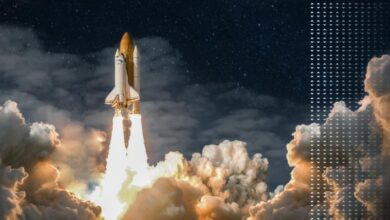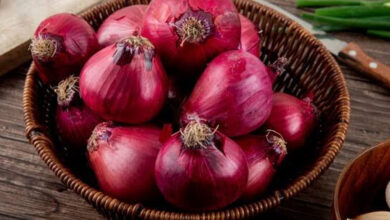Report confirms India as third-largest digitalized nation
Despite being a developing economy, India's digital infrastructure surpasses economically-advanced nations like the United Kingdom and Germany

India has emerged as the third-largest digitalized nation globally, according to a recent report by a Delhi-based think tank. This report, titled ‘State of India’s Digital Economy 2024’ by the Indian Council for Research on International Economic Relations, highlights India’s significant progress in digitalization, ranking just behind the United States and China. Despite being a developing economy, India’s digital infrastructure surpasses economically-advanced nations like the United Kingdom and Germany.
The report underscores India’s impressive digital landscape, particularly its robust digital infrastructure and extensive internet user base. With over 700 million internet users, India boasts the second-highest number globally, indicating widespread access to digital services. Additionally, the country excels in providing affordable internet connectivity and leveraging internet-based services such as payment apps, contributing to its digital advancement.

However, despite India’s overall digital progress, there exist disparities at the individual level. The report reveals that India ranks 12th among G-20 countries concerning individual internet connectivity. This digital gap is particularly evident when comparing India’s aggregate digitalization to the average user’s experience. For instance, Fiji surpasses India in individual internet connectivity, emphasizing the need to address disparities within India’s digital landscape.
The report identifies key areas of concern contributing to India’s digital divide, notably gender and rural-urban disparities. India’s gender gap in internet connectivity is higher than the global average, with rural-urban disparities further exacerbating the issue. These findings highlight the importance of targeted interventions to ensure equitable access to digital resources across demographic and geographical divides.
The report introduces the CHIPS framework as a comprehensive tool for assessing digitalization, encompassing five pillars: Connect, Harness, Innovate, Protect, and Sustain. These pillars evaluate various aspects of digitalization, including affordability, quality, accessibility, usage, investment, security, and environmental sustainability. By analyzing 16 sub-pillars and 50 indicators, the framework provides a nuanced understanding of digitalization efforts.
India’s ranking in the CHIPS framework reflects its strengths and areas for improvement. The country excels in the Connect and Harness categories, indicating widespread access to digital resources and utilization of internet-based services. However, significant gaps remain compared to leading nations like the United States and China, underscoring the need for continued efforts to enhance digital infrastructure and usage.
The report also assesses the digital performance of Indian states, revealing wide variations across regions. States like Karnataka, Maharashtra, and Telangana lead in digitalization, while others such as Bihar and Jharkhand lag behind. This disparity mirrors regional economic differences, with richer states exhibiting higher levels of digitalization. Nonetheless, the report suggests that the gap is gradually narrowing, indicating progress towards more equitable digital access.
Despite regional disparities, no state or Union Territory excels in every category, highlighting the complexity of India’s digital landscape. States like Chhattisgarh stand out in specific sub-categories such as gender inclusion and public services, demonstrating pockets of excellence within the broader digital framework. Moreover, the report suggests that India’s regional disparity in digitalization is less pronounced compared to other countries, attributed to uniform national-level policies and infrastructure.
You might also be interested in – India donates $1 million to combat hunger and poverty



